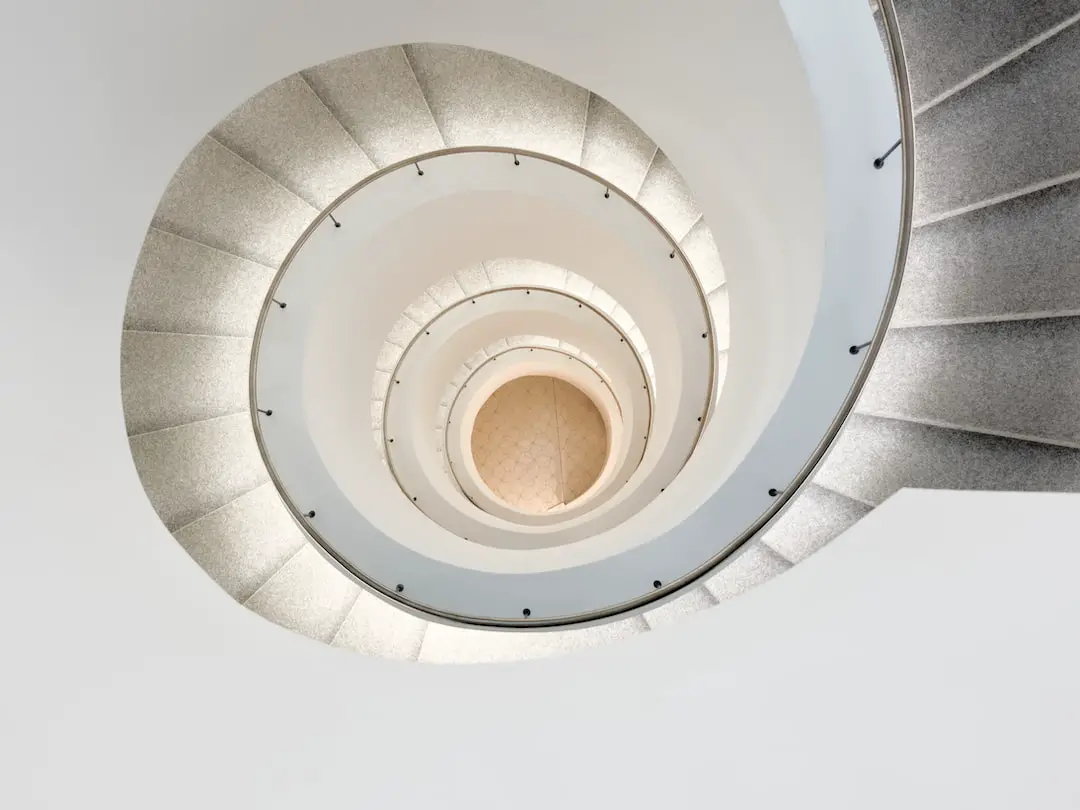
Imagine strolling through the serene Utsunomiya Parks, where the whisper of the wind through the trees harmonizes with the city’s architectural symphony. Here, the past and present merge, creating a landscape that tells the story of Utsunomiya’s architectural evolution. From traditional structures that echo the whispers of history to modern designs that stretch towards the future, Utsunomiya’s architecture is a testament to Japan’s cultural resilience and innovation.
The Roots of Utsunomiya’s Architectural Identity
Utsunomiya, the capital of Tochigi Prefecture, has long been a canvas for architectural expression. Its roots are deeply embedded in the Edo period, where samurai residences and shrines painted a picture of feudal Japan. The city’s historical gems, like the Oya-ji Temple, carved from Oya stone, stand as silent witnesses to the city’s enduring legacy.
These structures were not just homes or places of worship; they were fortresses of wood and stone, built to withstand the tests of time. Their design principles, focused on harmony with nature, are still visible in the parks and gardens scattered throughout the city.
Transition to Modernity: The Meiji Restoration’s Impact
Fast forward to the Meiji Restoration, and Utsunomiya’s architecture began to transform. Western influences seeped in, bringing with them new materials and construction techniques. Brick and mortar started to appear alongside traditional wood, marking a shift towards modernization.
Public buildings and infrastructure projects took center stage, showcasing the city’s ambition to blend the old with the new. The Utsunomiya Tower, though a more recent addition, is a nod to this era of change, symbolizing the city’s upward trajectory.
Post-War Rebuilding: A Blend of Necessity and Innovation
The aftermath of World War Ii left Utsunomiya in need of reconstruction. Architects and city planners saw this as an opportunity to reinvent the cityscape. They introduced contemporary styles while respecting traditional aesthetics.
Residential areas began to reflect a mix of both worlds, with compact, efficient homes rising from the ashes of the old. Public spaces, too, were reimagined, with parks like the Matsugamine Urban Park becoming oases of greenery amidst the urban sprawl.
Contemporary Utsunomiya: A Tapestry of Styles
Today, Utsunomiya is a tapestry of architectural styles. Walk through its streets, and you’ll see sleek glass facades alongside quaint, tiled roofs. It’s a place where the Tochigi Prefectural Museum of Fine Arts, with its modernist charm, coexists with the traditional beauty of the Futaarayama Shrine.
The city’s commitment to sustainable design is evident in buildings like the Utsunomiya City Hall. Its eco-friendly features are a nod to Japan’s leadership in green architecture. The parks, too, have evolved, with thoughtful landscaping that pays homage to the city’s architectural heritage.
Utsunomiya Parks: A Reflection of Architectural Harmony
Utsunomiya’s parks are more than just green spaces; they’re a living gallery of the city’s architectural narrative. The Hachimanyama Park, for instance, seamlessly blends nature with man-made structures, offering a tranquil retreat from the urban hustle.
Here, playgrounds and pavilions showcase contemporary design while respecting the tranquility of their surroundings. The park’s architecture is a dialogue between the past and present, where each element complements the other, creating a harmonious whole.
Preserving the Past: The Role of Restoration
Amidst the march towards modernity, Utsunomiya has not forgotten its past. Restoration projects breathe new life into historical buildings, ensuring they remain part of the city’s living history.
The Oya History Museum, for instance, is a marvel of preservation. It showcases the versatility of Oya stone, a material that has shaped the city’s architectural identity. The museum itself is a blend of old and new, much like Utsunomiya itself.
FAQs
- How has Utsunomiya’s architecture changed over the years?
Utsunomiya’s architecture has evolved from traditional wooden structures to a blend of modern and contemporary designs, incorporating Western influences and sustainable practices while preserving historical elements.
- What role do parks play in Utsunomiya’s architectural landscape?
Parks in Utsunomiya serve as communal spaces that reflect the city’s architectural journey. They combine natural beauty with design elements that showcase the city’s past and present architectural styles.
- Are there any preservation efforts for historical architecture in Utsunomiya?
Yes, Utsunomiya actively preserves its historical architecture through restoration projects, ensuring that these cultural landmarks continue to enrich the city’s architectural tapestry.
Conclusion
In conclusion, Utsunomiya’s architecture is a rich mosaic, reflecting centuries of cultural shifts and technological advancements. From the sturdy wooden frames of its samurai past to the sleek lines of contemporary design, the city’s buildings and parks tell a story of resilience and adaptation. Utsunomiya Parks, in particular, embody the city’s architectural harmony, offering spaces where history and modernity coalesce into a tranquil urban experience.
As we’ve explored, Utsunomiya’s architectural evolution is not just about the buildings themselves but also about the spirit they encapsulate—a spirit of reverence for the past and a bold embrace of the future. For anyone keen on understanding Japan’s architectural journey, Utsunomiya is a living textbook, its pages open for all to read.
Whether you’re an investor, homeowner, or simply an admirer of architectural beauty, Utsunomiya’s evolving cityscape is a testament to Japan’s enduring cultural narrative. It’s a place where every park, every building, has a story to tell, and I can’t wait for you to discover it for yourself.